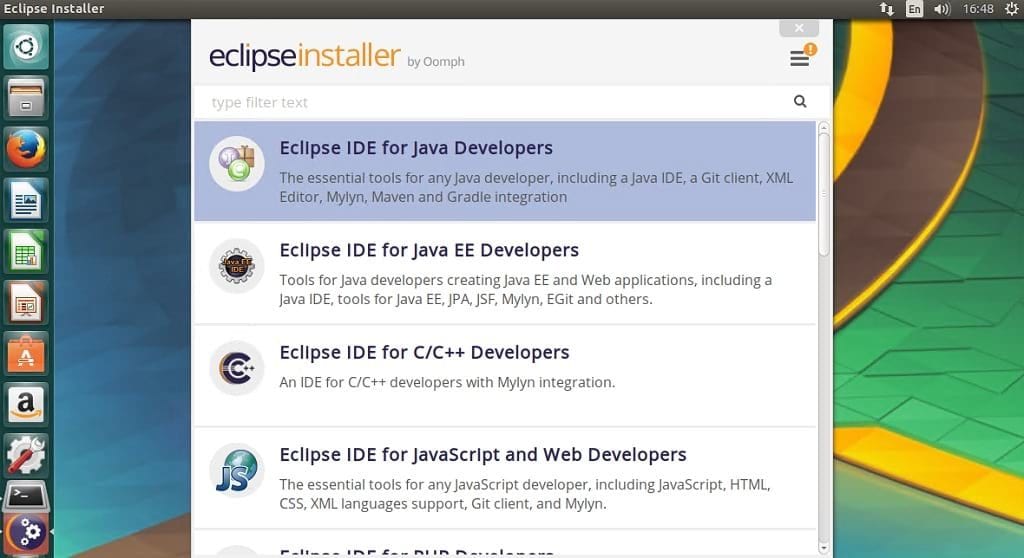

- #Eclipse neon tutorial how to
- #Eclipse neon tutorial update
- #Eclipse neon tutorial archive
- #Eclipse neon tutorial code
#Eclipse neon tutorial update
Usually you only need to add META-INF/MANIFEST.MF and plugin.xml to the jar and update your build scripts to not to override the MANIFEST.MF during the build.

#Eclipse neon tutorial how to
Please check the documentation of the eclipsePlugin/schema/detectorPlugins.exsd extension point how to update the plugin.xml.Įxisting FindBugs detector plugins can be easily “extended” to be full featured SpotBugs AND Eclipse detector plugins.

It is possible to contribute custom detectors via standard Eclipse extensions mechanism. The drawback is that you have to apply this settings in each new Eclipse workspace, and this settings can’t be shared between team members. The benefit of this solution is that already existing detector packages can be used “as is”, and that you can quickly verify the quality of third party detectors. Simply specify there locations of any additional plugin libraries. There are two ways to contribute custom plugins to the Eclipse:Įxisting standard SpotBugs detector packages can be configured via Window → Preferences → Java → FindBugs → Misc. The table allows you to select which detectors you want to enable for your project.Įxtending the Eclipse Plugin (since 2.0.0) ¶Įclipse plugin supports contribution of custom SpotBugs detectors (see also AddingDetectors.txt for more information). Similarly, if you uncheck the “Style” checkbox, no warnings in the Style category will be displayed. For example, if you select the “Medium” warning priority, only Medium and High priority warnings will be shown. These options will choose which warnings are shown.
#Eclipse neon tutorial code
If you additionally configure the source code locations for the binaries, SpotBugs will also link the generated warnings to the right source files.
#Eclipse neon tutorial archive
Having that, you can now right click the archive node in Package Explorer and select the option labeled “Spot Bugs”. Simply create an empty Java project and attach archives to the project classpath. You can also run SpotBugs on existing java archives (jar, ear, zip, war etc). SpotBugs will run, and problem markers (displayed in source windows, and also in the Eclipse Problems view) will point to locations in your code which have been identified as potential instances of bug patterns. To get started, right click on a Java project in Package Explorer, and select the option labeled “Spot Bugs”.


 0 kommentar(er)
0 kommentar(er)
